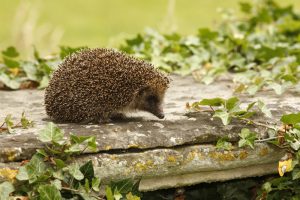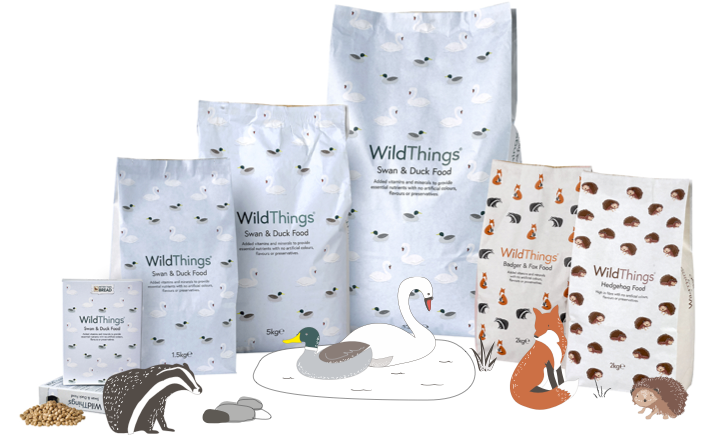How You Can Keep Wildlife Safe This Autumn
15th October 2019

During this time of year, many wild animals will be hard at work preparing themselves for the cold winter months. This will include foraging for food supplies, building up their body weight and looking for safe and secure spots for hibernation. But with the darker nights and busy activities over the next few weeks, these animals will be more open to risk than usual. That’s why we’ve put together a few instances where you‘ll need to be extra careful of wildlife, and what you can do to help them.
Halloween
With all the excitement of Halloween, it can be easy to forget about your local wildlife. As it will be dark by the time you and your little ones are out trick or treating, it’ll be hard to spot any small animals like hedgehogs or foxes that may be wandering through the streets at night. That’s why it’s important that you are always careful of any wildlife that may be nearby, and bring a torch with you if you are going to be walking through particularly dark areas.
Bonfire Night
Bonfire Night may be a fun night for us, but it is one of the biggest risks of the year for many animals. As hibernating animals like hedgehogs, frogs and dormice continue to search for the most secure and safe place for them to hibernate through the winter, they may come across a bonfire and think this is a safe hibernation spot. That’s why you must take precautionary measures to ensure that no wildlife has found their way into your bonfire before the night’s celebrations begin.
This includes regularly checking your bonfire throughout the day to check for any small animals and putting chicken wire around the bonfire to prevent them from getting in. It would also help to get wire that will slope outwards at an angle to make it difficult for wildlife to climb the wire. And once the celebrations are done, Make sure you that you clear any litter and firework debris, as many of these items can be harmful to both the local wildlife and the environment.
Be careful when tidying the garden
It’s not just bonfires that hibernating animals will turn to for shelter. There’s plenty of places in your garden that local wildlife will think is suitable for hibernation, such as log piles, leaf piles and compost heaps. That’s why it’s important that if you are tidying up around the garden, you need to make sure to check areas like this for any hibernating animals that may have snuggled themselves in there.
Make shelter for your local wildlife
Of course, one alternative to worrying about disturbing hibernating animals in your garden is to make some shelter for them yourself. Creating a secure hibernation spot is the perfect way to ensure that your local wildlife is safe throughout the harsh winter months. For hedgehogs, this can be done by making your very own hedgehog house. For amphibians like frogs, you can read more here about how to make a hibernaculum. And though they aren’t hibernating animals, birds will still struggle with the cold nights through winter. For this, you can build yourself a nest box to provide your local birds with somewhere warm for the night.


